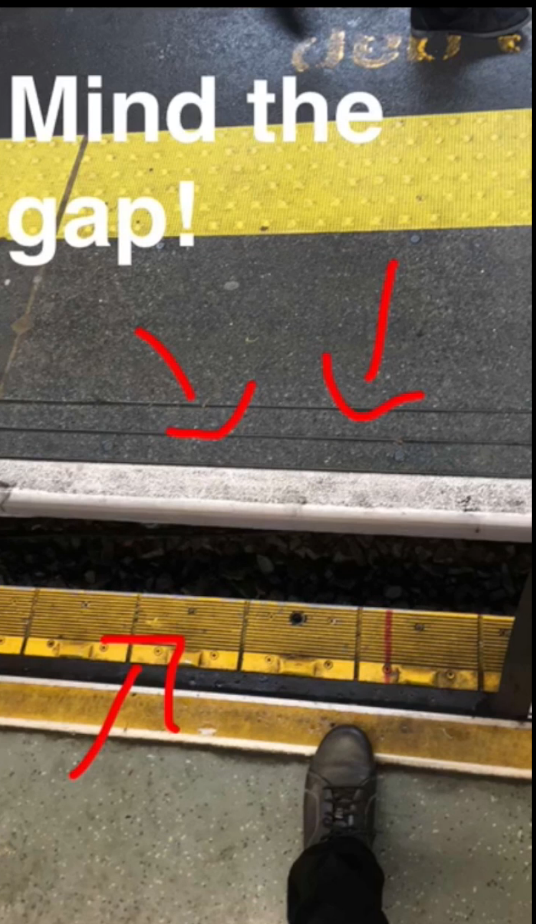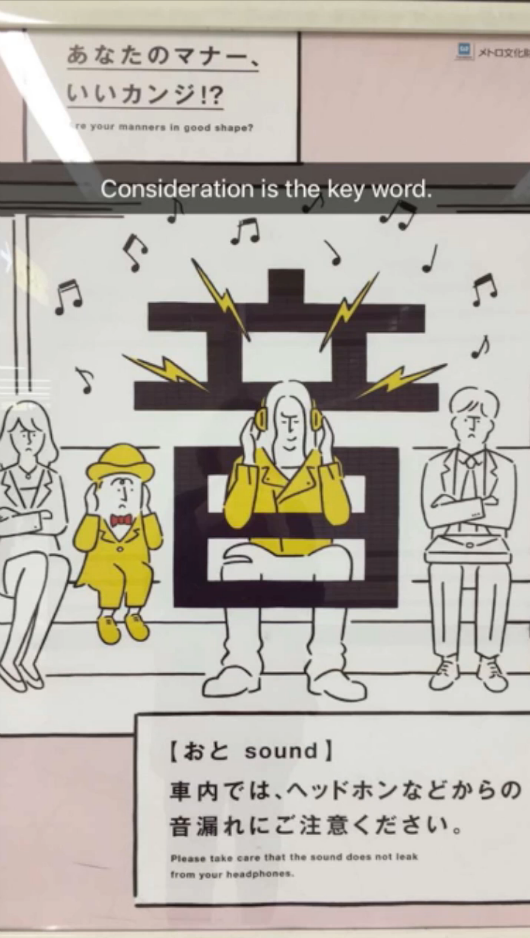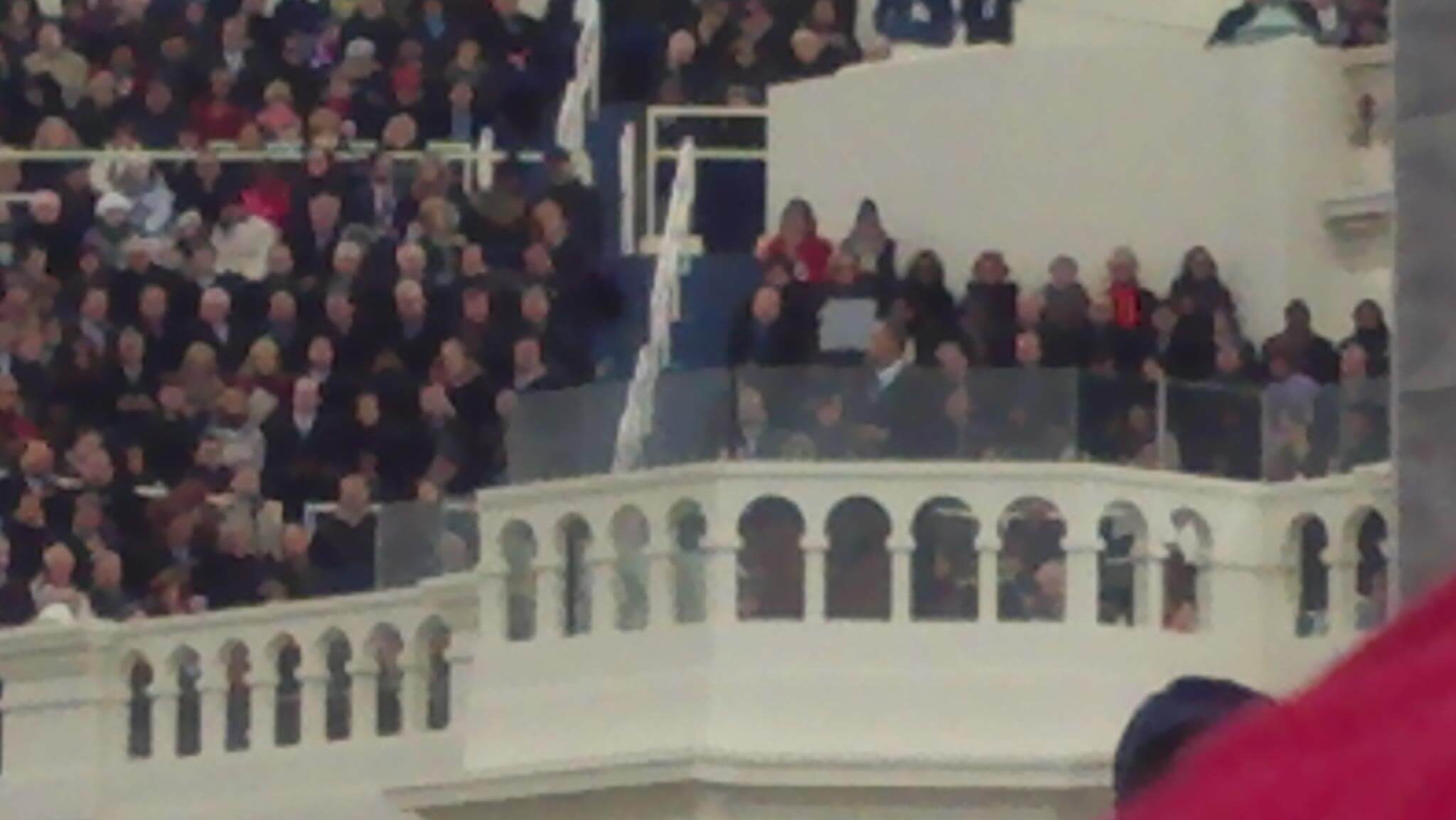On Monday, foreign correspondents with The Washington Post started taking Snapchat users along for a ride. OK, several rides. So far, they’ve ridden along on public transportation in Tokyo, South London and Beijing. Still to come: Paris, New Dehli, Moscow, Washington, D.C. and Mexico City.
It’s all part of a 10-day project that aims to show viewers what public transportation looks like around the world. The project began ahead of repairs on Washington, D.C.’s own Metro system, which has earned some criticism.
“So we’re also subtweeting at that,” said Swati Sharma, foreign digital editor.

Screen shot, south London
Post editors chose Snapchat because it’s relatively easy to use, but newcomers to the platform sometimes still feel overwhelmed. A group project was one way to get more Post journalists to become comfortable users of Snapchat.
Three things have made the project successful so far, said Jen Hassan, a social embed for the Post’s foreign desk based in London: A good initial idea, good communication and thorough organization.
“The idea: Millions of people across the world can relate to the daily commute,” Hassan said. “But what is it like to get to work in Beijing? How regular do the tubes run in London? Do people know about the women’s-only carriages in New Delhi? We wanted to take our audience with us on numerous commutes from around the world in a natural and engaging way. Snapchat was the perfect platform for this.”
A schedule was created well in advance and shared with everyone involved, as were tips for using Snapchat and expectations for what each day would include. Some of the correspondents snapped commutes from their own accounts leading up to their assigned days on the Post’s Snapchat account.
“We sent out a ‘cheat sheet’ which provided the team with some useful hints and tips, such as: Introduce yourself – say who you are, what you do and where you’re commuting from today,” Hassan said. “We wanted their snaps to feel natural and conversational. We advised experimenting with the pencil tool, location filters and other features on their personal account before snapping on the professional.”
Throughout the process, feedback has been crucial, Hassan said.
“This strengthens us as a team and makes our journalists more likely to innovate and experiment in the future,” she said.

Screen shot, Tokyo
Sharma agreed. The mistake news organizations often make is asking journalists to try something new in a way that doesn’t feel natural or organic.
“Do something they’re going to say yes to right away,” she said. “They’ll take to it, like it, come up with ideas on their own. If you don’t, it’s always your idea, not their idea, and that never works.”
The Post is sharing snaps from each city as vertical videos in a daily blog post; when the project is complete, they’ll pull them all together.
If you haven’t tried Snapchat yet, you can check out some beginner tips from Masuma Ahuja, a former Post digital editor now at CNN.
“I think the main thing is ‘don’t be afraid,'” Hassan said. “We often find that once a journalist has spent some time playing around with the app and getting comfortable with it, they’re soon confident to use it consistently to help build out their reporting in a personal and engaging way.”







